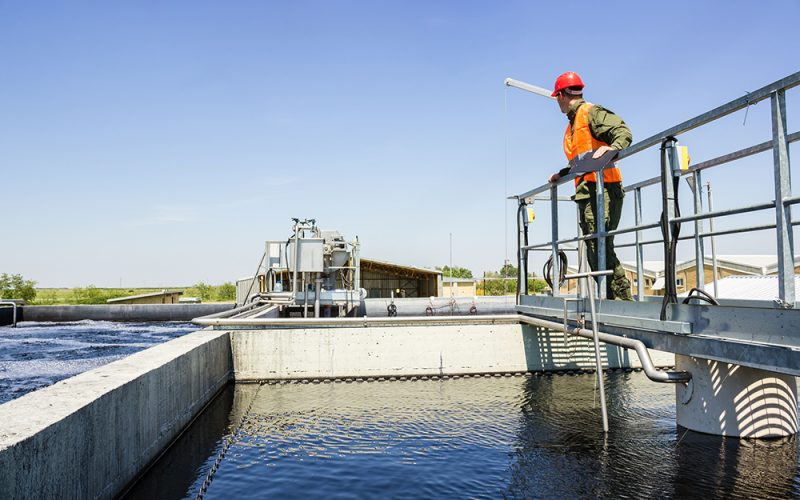Energy & Utility Skills and Balfour Beatty, working in collaboration through the Energy & Utilities Skills Partnership, launch whitepaper ‘Two Sides of a Coin’ highlighting the risks to maintaining a sustainable water industry supply chain and workforce.
In the paper Nick Ellins, CEO, Energy & Utility Skills says: “The Balfour Beatty paper raises highly pertinent points and honest views at a time when changes can be made.
Gone are the days of assuming that if one key supplier steps away or closes down, that another will be around the corner. These are important commercial partners operating highly competitive businesses in a European and global infrastructure environment that is courting them with multiple contract choices. It is incumbent on policy makers, regulators and the utility companies to recognise their vital contribution and involve them closely to help mitigate their sense of risk and sustainability.
The Energy & Utilities Skills Partnership is bringing together the asset owners with its contractors and key supply chain partners to work together on attracting new talent, building inclusion, increasing diversity, optimising productivity and retaining corporate memory and competence. It will help, and it is already having a tangible impact, but unless the sector looks at its own operating model and thinks on behalf of these pivotal partners, other countries or business competitors will do so.”
An efficient, innovative water sector needs a resilient supply chain. This, in turn, requires new contracting models and an understanding that traditional, aggressive procurement approaches have damaged the supply chain. Conversely, failing to address these issues will hold the industry back and put at risk the delivery of the network customer’s needs and deserve at a price they can afford.
Balfour Beatty is working closely with its water industry clients and with other key stakeholders to encourage a long-term approach which delivers for the end-user. But the whole industry must take strategic, coordinated steps and a holistic view of the situation to safeguard future innovation and efficient charges.
The full report is available for download here.
